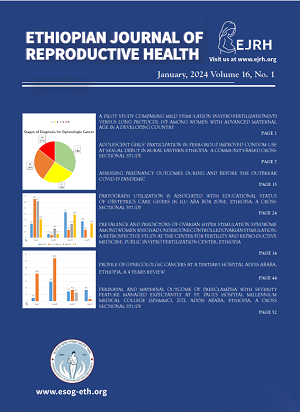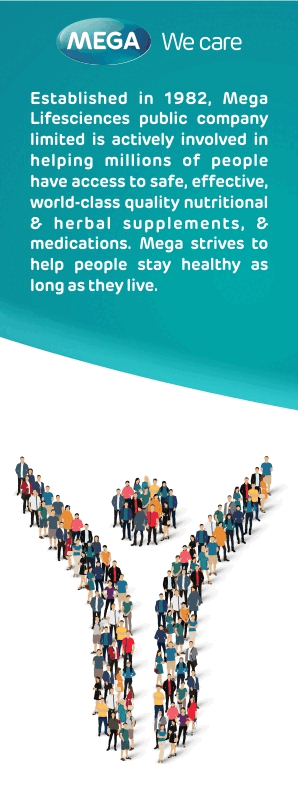Prevalence and predictors of ovarian hyper stimulation syndrome at Center fertility and repro-ductive medicine at Public IVF center, Ethiopia
DOI:
https://doi.org/10.69614/ejrh.v16i1.733Abstract
Abstract
Background
Infertility affects fifteen percent of couples who wish to conceive. The mainstay of artificial reproductive technologies is in vitro fertilization and embryo transfer (IVF-ET), in which aspirated Oocytes are fertilized, followed by the trans cervical replacement of an embryo(s) into the uterine cavity.However, the practice of assisted reproductive technology is loaded with short- and long-term complications. Complications may occur during the course of stimulation, ovum pickup, or embryo transfer. Ample studies are done on in vitro fertilization, but the frequency and importance of complications of IVF in low-resource setups where the treatment itself is not widely available are poorly known.
Objective
This study aimed to determine the rate of ovarian hyper stimulation syndrome and associated factors among women who underwent controlled ovarian stimulation and IVF in a public IVF center.
Methodology
A simple random sampling technique was used to review the medical records of women who have undergone ovarian stimulation and IVF treatment at the Saint Paul’s Hospital Center for Reproductive Medicine and IVF.
Results
A total of 428 clients had controlled ovarian stimulation and IVF. The mean age of the participants was33yrs among 428 couples who had IVF, majority 245 (57%) had IVF for female factor infertility followed by male factor infertility 89(20%) and unexplained causes 53(12%).
The incidence of OHSS in our IVF population was 19(4.4%) out of 428 women. out of the 22 patients with OHSS 17 (87%) developed mild and moderate and the rest 2 out of 22(10 %) had severe OHSS. The odd of developing OHSS was 6 times among those with PCOS, OR 5.78 CI (1.19, 28.22), p value of 0.03.
Conclusions and recommendations
The overall rate of ovarian hyper stimulation syndrome is higher in our IVF population.
Emphasis should be given on counseling and risk minimizing measures when women withPCOS
Key words: IVF, Complications, Ovarian hyperstimulation syndrome



